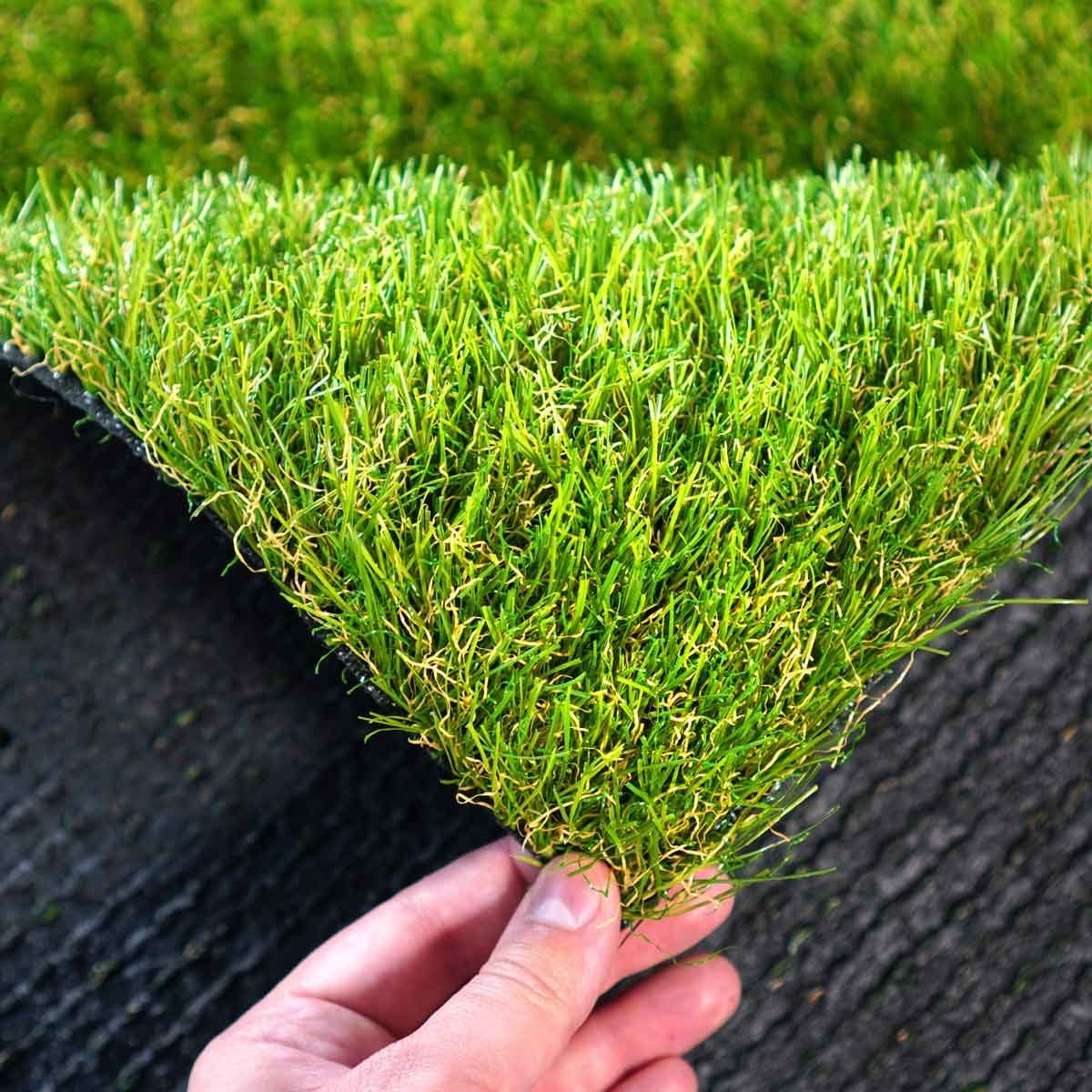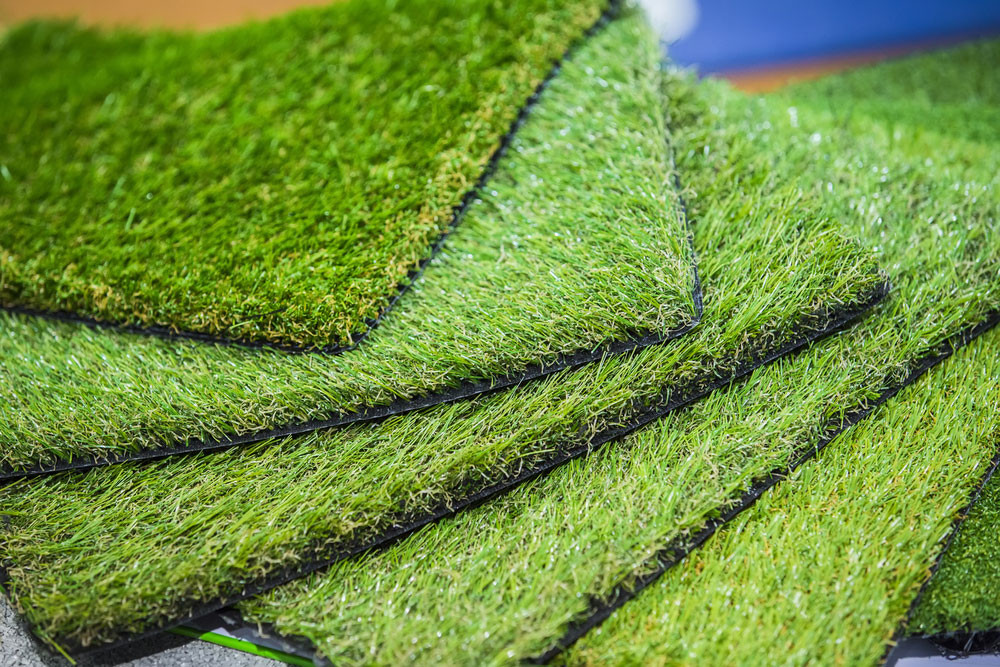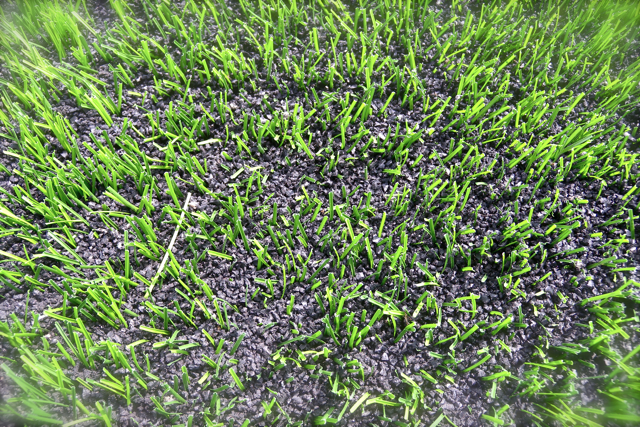See Why Homeowners Prefer Artificial Grass for Sustainable Landscaping Practices
As homeowners significantly focus on sustainability in landscaping, man-made turf has actually emerged as a compelling choice to conventional turf. What continues to be to be checked out is the complete scope of advantages that fabricated turf can use to homeowners and the atmosphere alike.
Water Preservation Benefits
Among one of the most significant advantages of synthetic grass is its role in water preservation. Typical grass lawns need significant amounts of water to maintain their rich look, frequently resulting in overuse of neighborhood water sources, particularly in deserts. On the other hand, synthetic grass removes this need totally, as it does not require irrigation. This not only saves water however additionally lowers the pressure on municipal water systems, especially during drought conditions.
In addition, the installment of synthetic grass can add to an extra lasting landscape. Home owners can significantly decrease their water costs, permitting reallocation of sources to various other environmental initiatives or household uses. Additionally, synthetic grass is made to hold up against numerous weather conditions without the need for supplemental watering, making it a perfect choice for areas encountering water shortage.
The environmental benefits expand past instant water savings. By reducing water intake, synthetic grass helps to reduce the effects of climate adjustment, protecting important communities that are intimidated by extreme water extraction. As lasting landscaping techniques get traction, synthetic grass emerges as a liable choice for home owners seeking to create environmentally friendly exterior areas.
Reduced Upkeep Initiatives
Man-made turf substantially decreases upkeep efforts contrasted to conventional grass yards. With artificial lawn, property owners can remove the time-consuming jobs associated with natural landscape design, such as mowing, fertilizing, and weeding. This not just saves useful time but likewise lowers physical labor, making yard treatment accessible for people of every ages.
Standard grass call for constant cutting to keep a cosmetically pleasing elevation, whereas artificial turf remains consistently lush without the need for cutting. Additionally, property owners no longer need to use chemicals or plant foods, which are usually called for to maintain natural turf healthy.
Additionally, synthetic grass is durable and resistant, calling for marginal maintenance beyond occasional brushing and rinsing to remove particles. This convenience of maintenance allows homeowners to appreciate their exterior areas without the constant worry of maintenance, giving even more time for leisure and family tasks. Eventually, the decreased maintenance initiatives connected with synthetic lawn make it an enticing choice for those seeking a low-maintenance, aesthetically appealing landscape.

Ecological Impact Reduction
There is an expanding acknowledgment of the ecological benefits connected with fabricated lawn, particularly in terms of water conservation and minimized chemical use. Typical lawns require significant amounts of water, particularly in drought-prone regions, causing raised pressure on neighborhood water sources. On the other hand, artificial turf eliminates the need for irrigation, considerably minimizing water usage and advertising sustainability.
Furthermore, traditional yard upkeep commonly includes the application of herbicides, plant foods, and chemicals, which can add to soil and water pollution. Synthetic grass mitigates this ecological danger by needing very little upkeep and virtually removing the demand for dangerous chemicals. This not only enhances dirt health and wellness however also protects neighborhood ecological communities from hazardous overflow.
Moreover, the manufacturing of natural grass yards normally includes making use of fossil gas for cutting and landscaping tools, additional contributing to greenhouse gas exhausts. By choosing synthetic grass, property owners can significantly decrease their carbon footprint connected with yard treatment activities.
Visual Charm and Versatility
In addition to its environmental benefits, synthetic grass offers considerable visual appeal and adaptability for landscape design. Property owners can accomplish a lavish, green appearance year-round, getting rid of the seasonal variations commonly connected with all-natural yard. This consistent aesthetic not only improves the aesthetic allure of a home however additionally adds to a well-kept and sleek appearance.
In addition, artificial grass is offered in a range of appearances, styles, and colors, enabling modification to suit private preferences and design motifs - Artificial turf companies phoenix. Whether made use of in household yards, commercial areas, or leisure locations, it can flawlessly integrate into diverse landscape design layouts, from modern minimal to lavish exotic settings
The flexibility of synthetic grass expands beyond mere look; it can be mounted in numerous places, including roofs, patio areas, and also indoor rooms, developing chances for distinct landscaping remedies. Furthermore, it is suitable for a series of tasks, from kids's play areas to pet-friendly atmospheres, giving performance without jeopardizing design.
Eventually, the aesthetic allure and adaptability of synthetic grass make it an appealing option for home owners seeking lasting landscape design solutions that do not give up charm for ecological responsibility.

Long-Term Expense Cost Savings
One of the most compelling advantages of artificial lawn is its possibility for long-lasting cost financial savings. Unlike all-natural lawn, which requires regular upkeep-- consisting of mowing, watering, fertilizing, and pest control-- artificial lawn substantially minimizes these ongoing expenses.
In addition, man-made grass has a lifespan of 15 to 25 years, depending on its top quality and usage. This sturdiness reduces replacement costs, making it an extra cost-effective choice in the future. In addition, the preliminary investment in artificial lawn can commonly be recouped through the cost savings accumulated over time.
While the upfront expense might seem greater compared to sod installment, the cumulative cost savings from lowered maintenance and water use often pop over to these guys exceed these first expenditures. Eventually, the fostering of synthetic grass not just promotes a sustainable landscape design remedy but likewise supplies property owners a monetarily wise option that lines up with long-lasting budgeting objectives.
Conclusion
Synthetic grass arises as an engaging option for sustainable landscaping, using substantial benefits in water preservation, reduced maintenance efforts, and reduced ecological influence. Its visual allure and versatility enhance the visual landscape while aligning with contemporary sustainability goals. Lasting price financial savings add to its good looks for home owners. As areas significantly click to read focus on eco pleasant techniques, the fostering of man-made grass represents a modern step toward achieving lasting and resistant landscapes.
In addition, synthetic turf is created to endure various weather conditions without the demand for extra watering, making it an optimal choice for areas facing water deficiency. (Arizona turf)

Man-made grass emerges as a compelling alternative for lasting this hyperlink landscaping, providing significant benefits in water preservation, decreased maintenance initiatives, and lessened ecological impact.